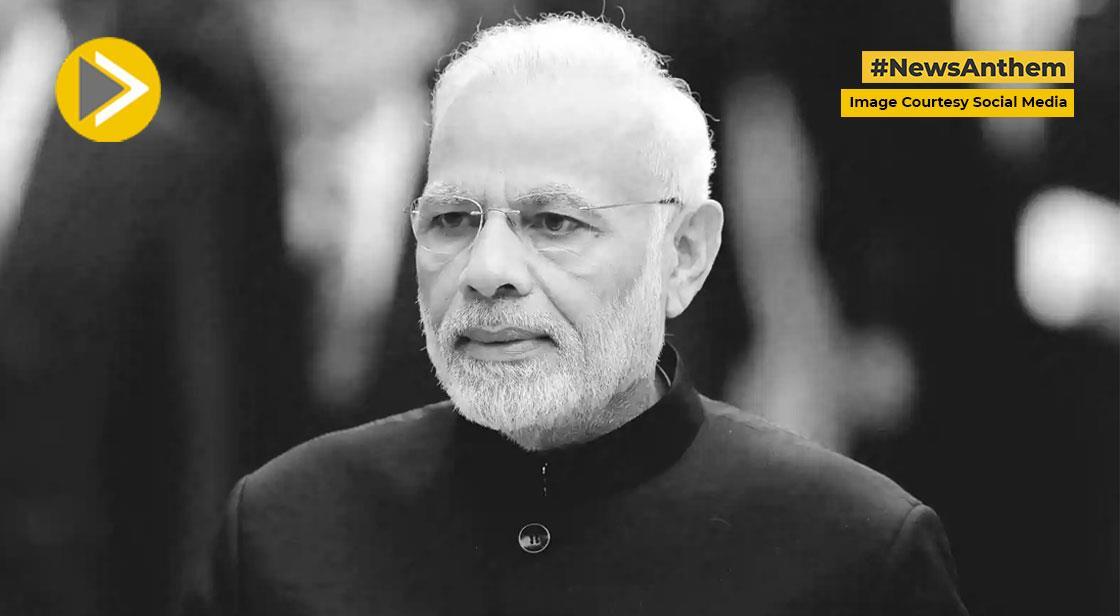PMMY Transforms Women’s Financial Landscape: SBI Report Highlights Key Growth Trends

News Synopsis
The Pradhan Mantri Mudra Yojana (PMMY) continues to be a game-changer in fostering financial empowerment among women. A report by the State Bank of India’s (SBI) Economic Research Department highlights that women account for 68% of the scheme’s total 52 crore beneficiaries since its inception. This showcases PMMY’s role in boosting female entrepreneurship and financial inclusion across the country.
Growth of PMMY Loans and Women Entrepreneurs
Over the past nine fiscal years (FY16 to FY25), the average loan disbursement per woman has grown at a Compound Annual Growth Rate (CAGR) of 13%, reaching Rs. 62,679, while incremental deposits per woman have grown at 14% CAGR, reaching Rs. 95,269. These figures highlight the significant role PMMY has played in enhancing financial independence and fostering entrepreneurship among women.
Encouraging Participation from Underrepresented Groups
Pradhan Mantri Mudra Yojana (PMMY) has successfully brought marginalized communities into the financial mainstream. The report notes that nearly 50% of PMMY accounts belong to SC/ST and OBC categories, with 11% from minority communities. This underscores the scheme’s inclusive nature, ensuring equal opportunities for diverse socio-economic groups.
State-Wise Performance of PMMY Beneficiaries
Some states have taken the lead in PMMY adoption among women. The top three states with the highest number of women entrepreneurs under PMMY are:
-
Bihar – 4.2 crore women beneficiaries
-
Tamil Nadu – 4.0 crore women beneficiaries
-
West Bengal – 3.7 crore women beneficiaries
In terms of highest percentage of women account holders, the rankings are:
-
Maharashtra – 79%
-
Jharkhand – 75%
-
West Bengal – 73%
Rising Loan Ticket Size & MSME Growth
One of the most significant indicators of PMMY’s success is the steady rise in the average loan ticket size, which has nearly tripled from Rs. 38,000 in FY16 to Rs. 1.02 lakh in FY25. The scheme has sanctioned a total of 52.07 crore loans worth Rs. 33.19 lakh crore as of February 28, 2025.
Breakdown of Loan Categories
PMMY offers three types of loans: Shishu (up to Rs. 50,000), Kishor (Rs. 50,000 to Rs. 5 lakh), and Tarun (Rs. 5 lakh to Rs. 20 lakh). Over time, the loan distribution has evolved:
-
Shishu loans: Decreased from 93% in FY16 to 51.7% in FY25
-
Kishor loans: Increased from 5.9% to 44.7%
This shift highlights the progression of entrepreneurs from small-scale businesses (Shishu loans) to mid-level enterprises (Kishor loans), demonstrating the scheme’s impact on Micro, Small, and Medium Enterprises (MSMEs).
How PMMY Works & Who Can Benefit?
The PMMY scheme, launched under the Micro Units Development and Refinance Agency (MUDRA), provides collateral-free loans to individuals, startups, and small businesses. Loans are available through:
-
Scheduled Commercial Banks (SCBs)
-
Regional Rural Banks (RRBs)
-
Non-Banking Financial Companies (NBFCs)
-
Micro-Finance Institutions (MFIs)
Conclusion: PMMY’s Transformative Impact
The Pradhan Mantri Mudra Yojana (PMMY) has emerged as a transformative initiative in women’s financial empowerment, significantly contributing to economic inclusion at the grassroots level.
The SBI report underscores its impact, highlighting that 68% of PMMY beneficiaries are women, with substantial growth in loan disbursement and deposits over the last nine fiscal years.
The scheme has particularly benefited SC/ST, OBC, and minority groups, enabling them to step into entrepreneurship and improve their financial standing.
Furthermore, the shift from Shishu to Kishor loans indicates business expansion among small entrepreneurs, strengthening the MSME sector. With Bihar, Tamil Nadu, and West Bengal leading in the number of women entrepreneurs, PMMY has successfully bridged the credit gap for underserved communities.
As the scheme continues to evolve, it remains a crucial pillar in India’s vision for inclusive economic growth, empowering women and marginalized groups towards greater financial independence.
Meta Description:
Google Search-Friendly Keywords:









